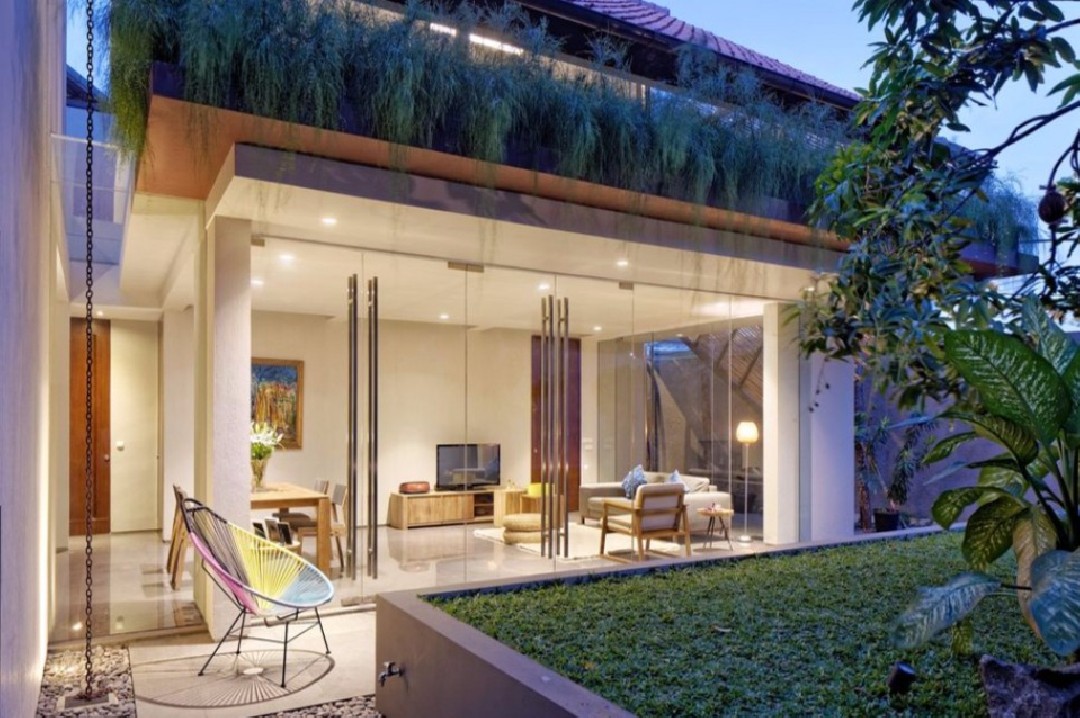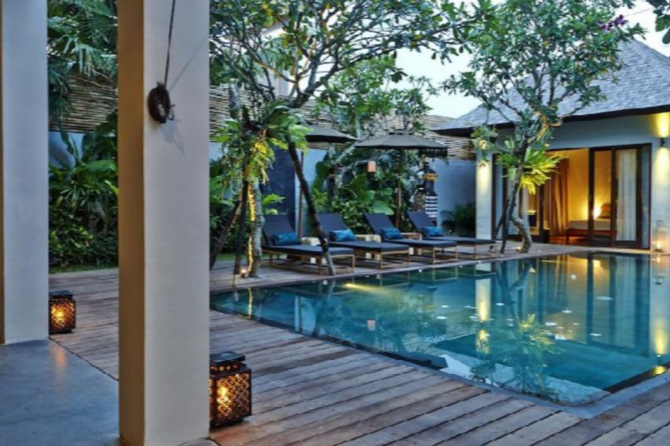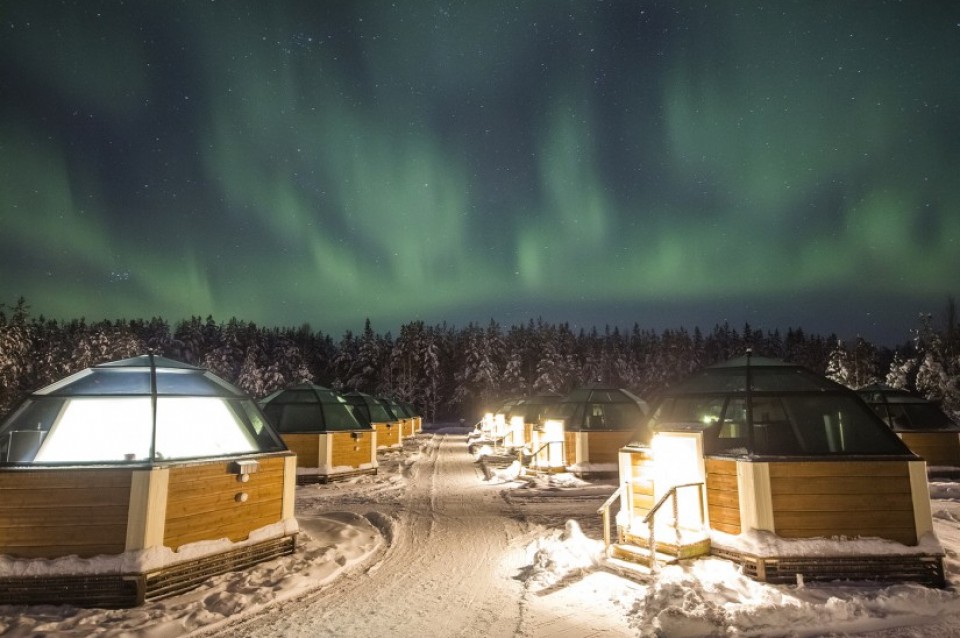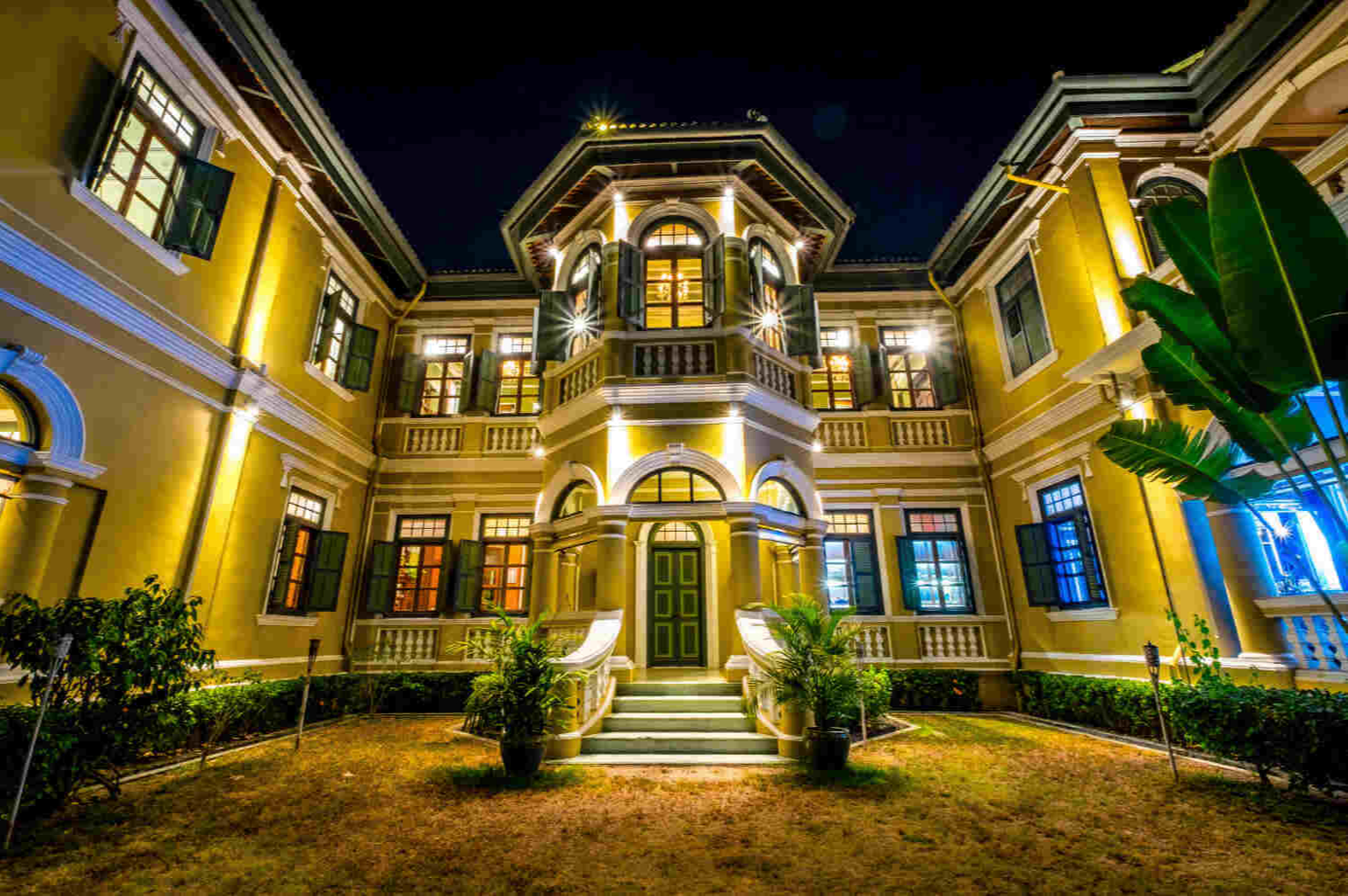DeeRoemah: House Renovation with Recycled Materials and Attractive Landscape While Considering the Surrounding Environment

DeeRoemah is a renovation project in the densely populated area of South Jakarta, Indonesia. The project, undertaken by Wahana Architects, is led by the principal architect Gerard Tambunan. The land area covers approximately 196 square meters, with a two-story building covering 280 square meters. The interior of the house includes the typical rooms found in a home: one master bedroom, three children's bedrooms or guest rooms, a living room, a family room, a dining room, a kitchen, an office, and a storage room.

To harmonize the house with its surroundings, it was designed with a natural approach, maintaining a humble and integrated presence within the neighborhood. The main idea behind the house renovation design was to preserve its original form and modify it.

On the first floor, the family room, dining area, and kitchen are designed as open, contiguous spaces with no partitions, directly facing the outdoor garden. The outdoor garden features an existing tree that acts as a boundary between the exterior and interior of the house. In this house, each bedroom has a view of the mini garden.

On the second floor, there is a semi-public office space accessible only via a spiral staircase located outside the house. This unique space is characterized by glass walls that provide views of the terrace and garden. Another unique feature is the transparent wood panels made from furniture factory waste. They are installed diagonally on one side of the building and serve as natural shading, creating a silhouette reminiscent of a traditional village house. These wooden shading panels also function as the building's skin, providing privacy for the office from the outside and neighboring buildings.

To reinforce the design concept, various materials used in the house are quite simple. The dominant finishing material throughout the house is textured concrete. Other details include the use of rough wood for the facade and metal for the outdoor staircase leading to the office. Material selection and design are crucial to integrating the house with its surroundings and avoiding cultural and economic disparities.

The landscape of the house is adorned with tall trees that provide ample shade, concealing the building. This not only provides shade but also enhances the overall aesthetics. Existing trees that were present before the renovation were preserved and incorporated into the new design. The outdoor space, including landscaping and hardscaping, is essential for creating an attractive atmosphere inside the house, offering protection to the building while creating a pleasant mood indoors.

When renovating this house, considerations were made regarding the client's budget and the surrounding environment. By utilizing existing parts of the house, such as the concrete structure, and reusing some materials, costs were minimized. This approach ensures that the renovated house blends in with the rural atmosphere of the surrounding neighborhood.

Located in a tropical climate area, it is crucial to utilize openings that facilitate the flow of air in and out of the building. The use of a cross-ventilation system allows fresh air to circulate inside the house while expelling hot air. Glass materials and skylights work effectively to bring in natural light throughout the day. Vertical gardens and wooden panels provide protection for the interior spaces.

source: DeeRoemah








